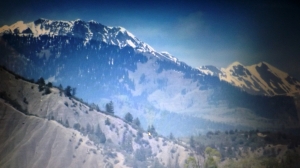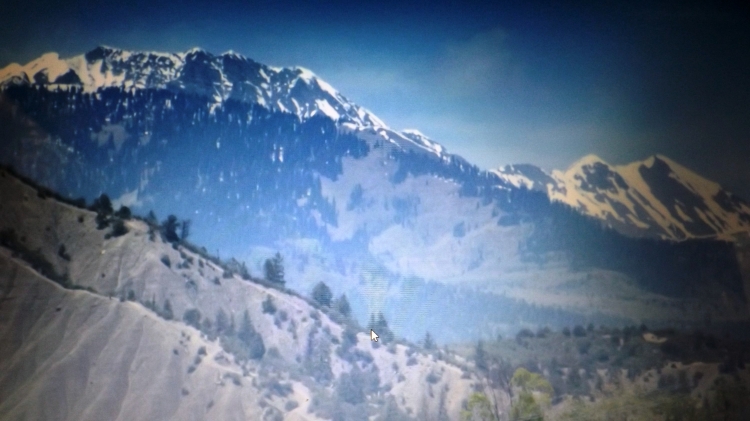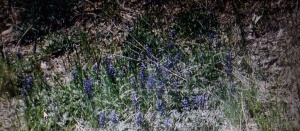One of the more underrated joys of full-time RV-ing is our long look at early spring. We all choose to go far south in January to preserve our plumbing, not to mention the RV’s. Then we see the redbuds and dogwoods bloom before anyone to our north. After a couple of weeks something clicks in our heads or hearts, and we know it’s time! Like old bears coming out of hibernation, we wake up hungry and eager to get out, see things and enliven our souls with the spirit of the Travel Season. But wait: Colorado just got another foot of snow, and all but Michigan’s greatest lakes are still frozen over.

We can still travel, and the road leads us on. Let’s go to central Texas, or Arkansas, then work our way north to zones of cool serenity in the dog days of July. And lo, it comes to pass that we view redbuds and dogwoods for two solid months as we move inexorably north.
This year has been no exception despite our travails and losses that changed our plans. Today we saw bluebonnets in Colorado ten full weeks after first spotting them in Texas. Locals say the seeds were spread here by a plague of colonizing Texans, but you know that’s just a myth. Dogwoods and redbuds rarely grow wild in Colorado, but oaks do, and in this campground their leaves are now the size of a squirrel’s ear. There is snow, and plenty of it, atop the higher peaks of the the San Juan mountains just north of our camp. Night time lows here hover around 40 with highs near 70. We may catch a light snowfall yet, and if not, we probably waited too long to leave those warmer climes.

We’re camped at USFS’ Junction Creek just north of Durango. To get there, make a reservation, then follow your GPS to 2501 W 25th street. There the pavement ends and the bone-jarring climb begins over a gravel road pockmarked with potholes both small and large. The sign says 1 mile to the campground, but it’s really 1.4. If you cover that distance in less than five minutes odds are you bent a rim, or the contents of your pantry became commingled with those of the refrigerator. There are some electric sites, drinking water comes from a spigot without threads, and the free dump station is in town at Santa Rita Park. This year we have four bars of 4G LTE and clear cell service with both AT&T and Verizon. Jays, hummingbirds, and chipmunks are everywhere. The quiet is so complete all I hear is Kat’s voice, the crackle of our campfire, and the song of the wind high above us tickling the Ponderosa pines.



It sounds like a beautiful spot. I’m very jealous of your four bars of Verizon LTE. We have found that to be very rare in the deep south USFS campgrounds we have tended to frequent in the past couple of months. We are currently in Arkansas at a USFS campground and are happy with our one bar of 4G/LTE on our Mifi device. At some campgrounds it’s been 3G only — or nothing at all.
LikeLike
Three years ago, Em, we camped at the same place outside Durango. We had a few moments of 3G Verizon data coverage, but not enough to use. Verizon may have added a tower, but north is not the direction Durango’s growing; that would be east. The other possible reason for xlent coverage vs. almost none is our new aircard. It can be purchased through Verizon, and it’s the one made by Netgear. It goes for about $250 with tax and shipping, and has enhanced battery power. Something we haven’t tried is using its signal booster … did that with an earlier Jetpack and wasted $100.
Jackson
LikeLike
Nicely done Sgt Underwood. Spring always feels like you wintered well, Pilgrim…..
LikeLike
It’s good to hear from you again, Al. And don’t we welcome the return of flowers and greenery! Happy trails … Jackson, oops, SSG Underwood.
LikeLike